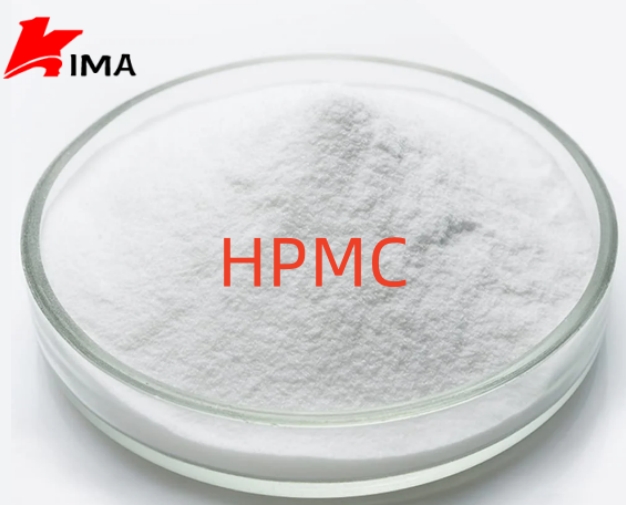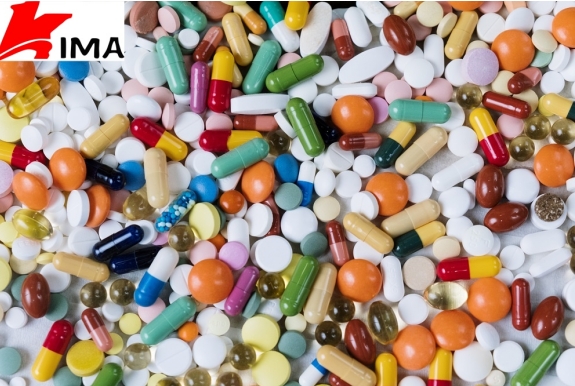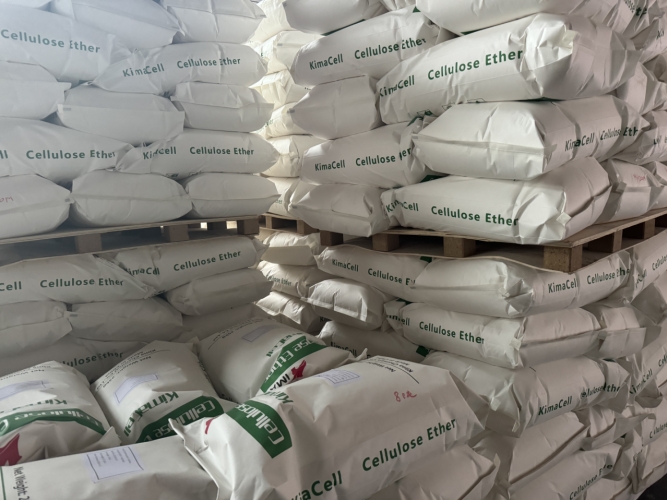Hydroxypropyl methylcellulose (HPMC) is a synthetic polymer derived from cellulose, which is a natural material found in plant cell walls. It is widely used in various industries, including food processing, pharmaceuticals, and cosmetics, due to its versatile properties such as thickening, stabilizing, and forming protective coatings. HPMC is commonly used as an additive in food products, particularly as a thickener or emulsifier. However, like with many food additives, its safety for consumption is often a point of inquiry.

What is Hydroxypropyl Methylcellulose?
Hydroxypropyl methylcellulose is a modified cellulose compound that undergoes chemical processing to make it soluble in water. It is made by reacting cellulose with methanol and propylene oxide. The result is a substance that can have various degrees of methylation and hydroxypropylation, which determines its solubility, viscosity, and other properties. The compound has no nutritional value, as it is not absorbed or digested by the human body.
Common Uses of HPMC in Food
HPMC is used in the food industry for several purposes:
As a Thickener: It is commonly found in sauces, soups, dressings, and beverages where it is used to improve texture and consistency.
As an Emulsifier: It helps in stabilizing emulsions, which are mixtures of oil and water, like mayonnaise or salad dressings.
As a Gelling Agent: HPMC can be used in confectionery to improve the texture of gummies, jellies, and other gel-based products.
In Gluten-Free Products: Because HPMC can mimic the texture and elasticity of gluten, it is often used in gluten-free bread and pastries to improve their chewiness and texture.
Safety of Hydroxypropyl Methylcellulose for Consumption
The safety of hydroxypropyl methylcellulose (HPMC) for human consumption has been evaluated extensively by various regulatory bodies around the world. Here's a breakdown of these findings:
1. FDA Approval
In the United States, HPMC is recognized as a safe food additive by the U.S. Food and Drug Administration (FDA). It has been classified under the Generally Recognized As Safe (GRAS) designation for its intended uses in food. This classification indicates that the compound is considered safe for consumption when used in accordance with good manufacturing practices. The FDA reviews safety data on HPMC, including toxicological studies, before granting approval for use in food products.
2. European Food Safety Authority (EFSA)
The European Food Safety Authority (EFSA) has also evaluated the safety of HPMC and concluded that it is safe for use in food. EFSA specifically states that it is unlikely to pose a risk to human health, even when consumed in relatively large quantities, because it is largely non-digestible by the human gastrointestinal system.

3. World Health Organization (WHO)
The World Health Organization (WHO) and the Food and Agriculture Organization (FAO) have also reviewed the safety of food-grade HPMC. Both organizations have stated that HPMC is safe for consumption and does not accumulate in the body. The WHO’s Joint Expert Committee on Food Additives (JECFA) has set no specific limit for HPMC consumption, indicating that it can be safely ingested within normal food intake levels.
4. Toxicological Studies
Various toxicological studies have been conducted on HPMC to assess its potential health risks. These studies have generally found that HPMC is non-toxic and does not pose a significant risk to human health, even with long-term consumption. HPMC is not absorbed into the bloodstream and is mostly excreted in the feces without being metabolized by the body.
Potential Health Concerns and Side Effects
Despite its general recognition as safe, some people may experience mild side effects from consuming HPMC, particularly in large amounts or if they have specific sensitivities. Here are some potential concerns:
Digestive Issues: Because HPMC is not digested by the body, excessive consumption may cause gastrointestinal discomfort, including bloating, gas, or diarrhea. This is particularly true for individuals with sensitive digestive systems or those who consume large quantities of processed foods containing HPMC.
Allergic Reactions: Although rare, some individuals may be allergic to HPMC. Symptoms of an allergic reaction could include itching, swelling, hives, or difficulty breathing. Those with a history of allergies to cellulose-based products may want to avoid foods containing HPMC.
Overconsumption and Laxative Effects: Since HPMC acts as a bulking agent in the digestive system, consuming large amounts of foods containing this additive may lead to a mild laxative effect. This could cause frequent bowel movements, dehydration, or discomfort.

Interaction with Medications: HPMC can interact with certain medications, particularly those that rely on the stomach or intestinal absorption of active ingredients. If you are on medication, particularly for gastrointestinal conditions, it’s a good idea to consult a doctor before consuming large quantities of foods with HPMC.
How Much HPMC is Safe to Consume?
While there is no defined "safe" amount, regulatory bodies have concluded that typical amounts of HPMC used in food products pose no significant health risks. The average person would need to consume a large amount of processed food containing HPMC to experience any adverse effects. For example, an individual would need to consume a significant volume of sauces, gluten-free breads, or processed snacks that contain HPMC to exceed the tolerable daily intake.
Safety Overview of Hydroxypropyl Methylcellulose
Agency/Organization | Safety Evaluation | Recommendations |
FDA (U.S. Food and Drug Administration) | Recognized as GRAS (Generally Recognized As Safe) for food applications | Safe for use in food products under normal conditions |
EFSA (European Food Safety Authority) | Considered safe for consumption; not likely to pose any health risks | Safe when used within regulatory guidelines |
WHO (World Health Organization) | No specific intake limits set; safe for consumption and does not accumulate in the body | Safe in typical dietary levels |
JECFA (Joint Expert Committee on Food Additives) | No toxicological concerns; can be safely consumed in amounts typical for food use | No defined limit—safe at typical intake levels |
HPMC is generally recognized as safe by global health authorities, including the FDA, EFSA, and WHO, when used in food products. It serves as a useful additive for thickening, emulsifying, and stabilizing various food items without posing significant health risks. While most people can consume HPMC-containing foods without issue, some may experience mild digestive discomfort if large quantities are consumed. As with any food additive, moderation is key, and individuals with specific allergies or sensitivities should be cautious.
4o
 English
English 日本語
日本語 français
français Deutsch
Deutsch Español
Español italiano
italiano русский
русский português
português العربية
العربية Türkçe
Türkçe Nederland
Nederland






